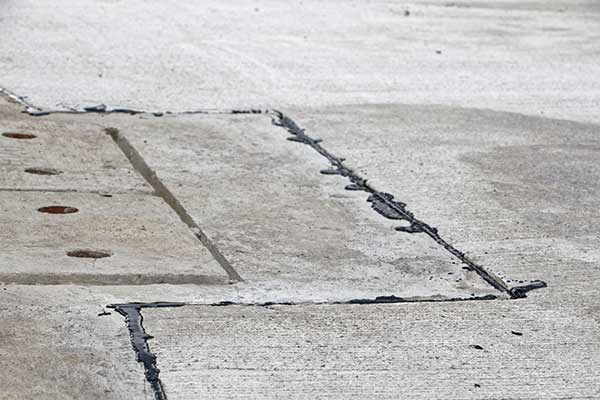In the realm of construction, the proper design and execution of joints are crucial elements for ensuring the durability and longevity of structures. Among the various types of joints, isolation joints play a key role in managing the effects of expansion, contraction, and seismic activity. In this article, we explore the importance, types, and applications of isolation joint in construction.
Defining Isolation Joint:
Isolation joint are intentional gaps or spaces provided in a structure to separate or isolate different sections, allowing independent movement. These joints serve as a strategic solution to accommodate thermal expansion, contraction, and other dynamic forces that structures may experience during their lifespan.
Purpose and Importance:
- Mitigating Thermal Expansion and Contraction:
- Isolation joints are particularly crucial in regions with significant temperature fluctuations. They allow for the controlled expansion and contraction of building materials. Preventing the development of stresses that could compromise the structural integrity of a building.
- Addressing Seismic Movements:
- In earthquake-prone areas, structures must designed to withstand ground movements. Isolation joints provide a degree of flexibility, allowing a building to move independently during seismic events without transmitting excessive forces to adjacent structures.
- Preventing Cracking and Damage:
- By strategically placing isolation joints, the potential for cracks and damage caused by movement-related stresses is minimized. This contributes to the overall durability and longevity of the structure.
- Maintaining Aesthetic Integrity:
- Isolation joints also play a role in preserving the aesthetic integrity of a structure. By controlling where cracks may occur, architects and designers can minimize their impact on the visual appearance of surfaces.
Types of Isolation Joint:
- Expansion Joints:
- Designed to accommodate thermal expansion and contraction, expansion joints are installed to allow for the horizontal movement of building components. These joints are commonly found in structures such as bridges, roadways, and large buildings.
- Contraction Joints:
- Contraction joints, also known as control joints, are intentionally placed to control the cracking caused by the shrinkage of concrete as it cures. They are crucial in preventing random cracking and ensuring the structural integrity of the concrete.
- Seismic Joints:
- In earthquake-prone areas, seismic joints are strategically placed to allow controlled movement during seismic events. These joints help prevent structural damage and ensure the safety of occupants.
- Bridge Bearings:
- In the construction of bridges, isolation joints are often implemented in the form of bearings. These bearings allow the bridge structure to move independently from abutments and piers, minimizing the transmission of forces during temperature changes and seismic events.
Materials Used in Isolation Joint:
- Neoprene Pads:
- Neoprene pads commonly use as bearings in isolation joints due to their durability, flexibility, and ability to withstand a wide range of temperatures.
- High-Density Polyethylene (HDPE):
- HDPE is often used in expansion joints, providing a cost-effective and durable solution for accommodating movement in large structures such as bridges.
- Metallic Sliders:
- Metallic sliders utilize in some isolation joints to allow sliding movement, particularly in structures where precise control of movement is necessary.
Applications of Isolation Joints:
- Buildings and Structures:
- Isolation joints are widely used in the construction of buildings, especially large and multi-story structures, to accommodate thermal movements and reduce the risk of structural damage.
- Bridges and Highways:
- In transportation infrastructure, isolation joints are essential for bridges and highways, allowing for movement caused by temperature variations, settlement, and seismic activity.
- Industrial Facilities:
- Industrial structures, such as manufacturing plants and warehouses, utilize isolation joints to protect against the impact of heavy equipment vibrations and thermal expansion.
- Seismic Retrofitting:
- In the retrofitting of existing structures for seismic resilience, isolation joints incorporated to enhance the building’s ability to withstand ground movements during earthquakes.
Conclusion:
Isolation joints play a pivotal role in ensuring the resilience, durability, and safety of structures. By accommodating the natural movements and forces that buildings and infrastructure undergo. These joints prevent damage, maintain structural integrity, and contribute to the longevity of construction projects. As technology and construction practices continue to advance. The proper implementation of isolation joint remains a fundamental aspect of designing and constructing resilient and sustainable buildings and infrastructure.

